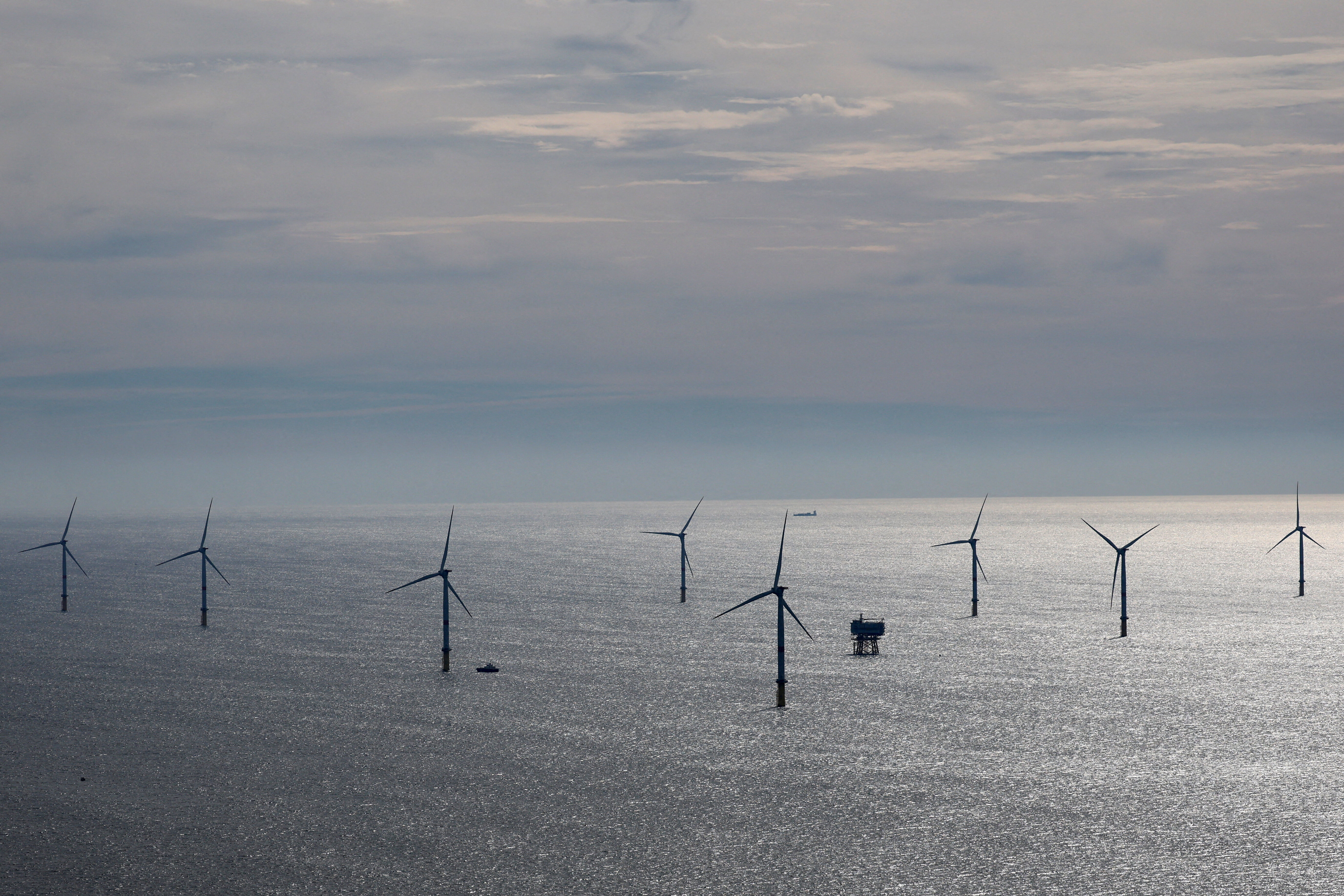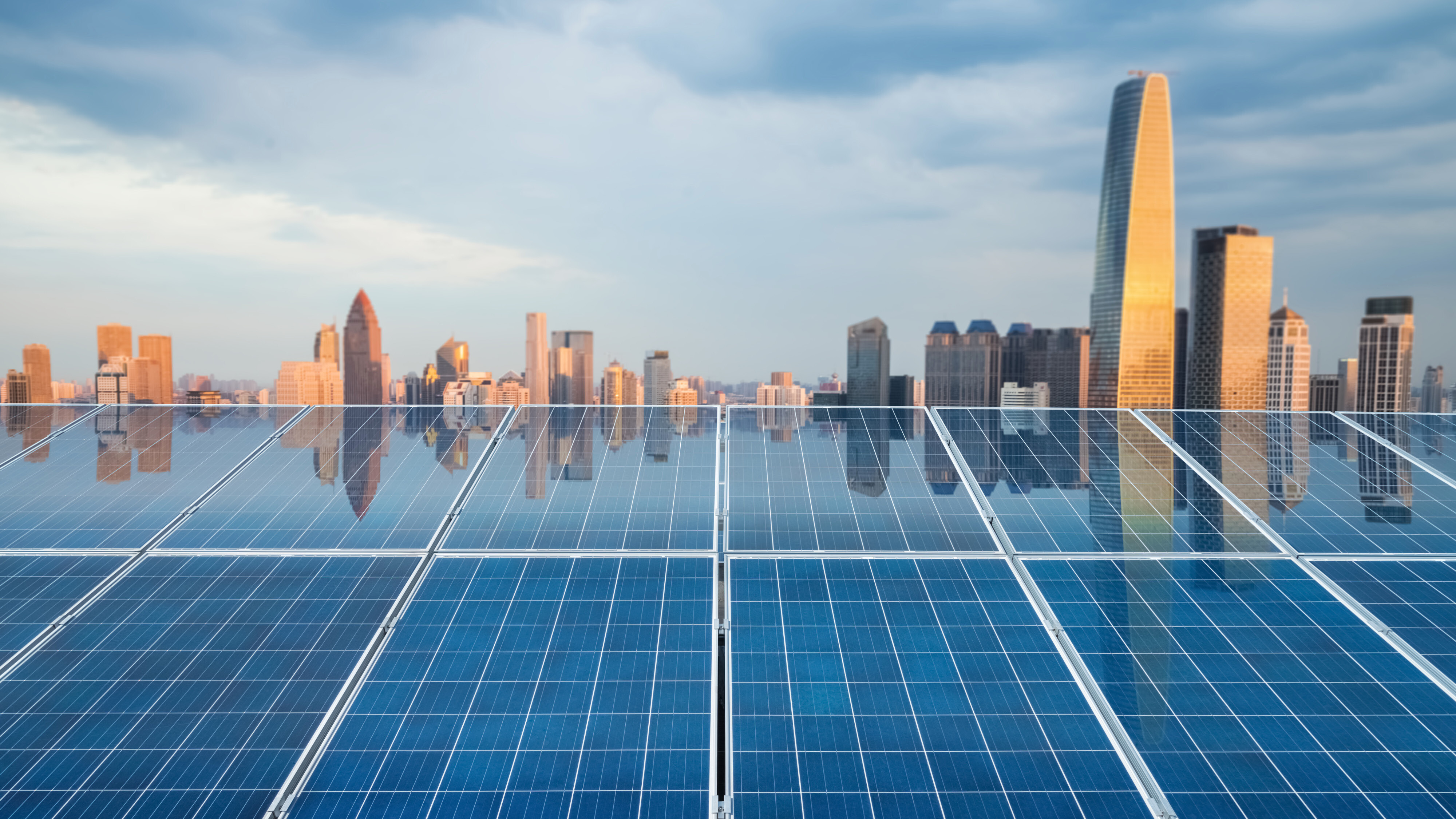Can BRIC countries move away from the dollar?

This article is published in collaboration with Institute For Security Studies Africa.
Will the New Development Bank (NDB) – more commonly known as the BRICS bank – liberate South Africa and other emerging and developing countries from the clutches of the mighty dollar?
This is the ambitious hope of the first president of the NDB, the Indian Kundapur Kamath, who took up his post at the NDB’s headquarters in Shanghai in July.
He shared his thoughts about how the bank would operate in a talk at South Africa’s Department of International Relations and Cooperation.
‘Why does the world need yet another development bank?’ he said he was often asked.
His reply was that there was an estimated global shortfall of US$1 trillion of infrastructure, so the NDB’s capitalisation of US$100 billion would only meet one tenth of that.
So there was a need for the NDB. But it also had to be selective in what it did, and so it would be different from other multi-national development banks in a few ways. One was that it would get off the ground faster, as its first loans – one for each of the five BRICS member states (Brazil, Russia, India, China and South Africa) – should be issued by April next year. Speed was important for emerging nations, Kamath said.
The bank would attain this speed partly by seconding experts from its member countries to process the first loans – as the NDB’s own staff was still being recruited. More importantly, it would issue loans faster because it would also be less fastidious in appraising loan requests. There would be fewer of the conditionalities which are demanded by the existing international development banks, and which are so unloved by developing and emerging countries. But there would be no compromises on banking standards, he insisted.
There have been suggestions that South Africa’s first loan could be to the beleaguered electricity parastatal, Eskom.
The more fundamental difference, though, would be that the NDB intended to raise loans mainly in the home currencies of its member states – the Brazilian real, the Indian rupee, the Russian rouble, the Chinese renminbi and the South African rand (the five Rs) – rather than in hard currencies.
That would befit its role as a South-to-South institution. Kamath said he had so far done preliminary assessments of the capital markets of three of the BRICS member countries – China, India and South Africa – and had found all three were deep enough to meet the borrowing needs of the NDB.
This raised a very interesting question: would it be possible for the bank to borrow money in the currency of one of its member states and lend it to another member state, to be repaid in its own currency?
He said it ought to be possible, because the BRICS leaders had already launched a Contingency Reserve Arrangement (CRA) to enable the five member states to swap currencies. (The CRA has been likened to the IMF, as a measure to rescue BRICS countries experiencing balance of payment problems.)
Kamath said it had been ‘music to my hears’ to hear South African Reserve Bank Governor Lesetja Kganyago telling him this week that such currency swaps were ‘eminently doable.’
If it proved possible to do this, ‘so that your currencies flow from one country to another seamlessly, you have met a big challenge which developing and emerging countries face … currency fluctuation and exchange risk.’
Kamath said his past experience as chief executive officer of ICICI, India’s largest private bank, had shown him that exchange rates increased the cost of hard-currency loans to emerging and developing countries by 15-20%.
The general mindset was that the interest rate was key. ‘But for developing countries, the interest rate doesn’t matter, frankly. It’s the exchange risk you bear on that hard currency loan which is the crushing thing.’ Using local currencies would eliminate that risk and ease the burden, even if interest rates would be a bit higher.
By the same token, the NDB, might not seek Triple A-rated status, as other development banks do, Kamath said. Such status would lower the bank’s borrowing costs, but it would also require it to hold larger reserves and so reduce the amount of money it could lend for development. The African Regional Centre of the bank, which is to be based in Johannesburg, would open within eight weeks, Kamath said.
There has been curiosity about how much the NDB might lend to other African states. Certainly South Africa has presented itself as a conduit for other African countries to access the vast capital commanded by the bigger BRICS members. In 2013, when South Africa hosted the annual BRICS summit, President Jacob Zuma invited other African leaders to meet the BRICS leaders and present their infrastructure needs.
Kamath explained that African and other nations would only be able to access loans if they joined the bank and contributed capital as the five BRICS member states were doing. No decision had yet been taken regarding when to open membership to others, but it would probably be in about six months’ time. The five BRICS members would collectively always retain at least 51% of the shares, he said.
Some Western diplomats who heard Kamath speak were very sceptical about the viability of the currency swap loans he described. They suggested that these loans would impose upon other BRICS states which lent money to South Africa at the unacceptably high cost of carrying the burden of the fluctuations, in the highly volatile rand in particular. Some likened South Africa’s position in that situation with that of Greece in the Eurozone, a dangerously weak link in an otherwise strong chain.
It was hardly surprising that Kganyago thought currency swaps were ‘eminently doable,’ as South Africa would be the greatest beneficiary if they worked. But Kamath dismissed this criticism, saying that the rand was only volatile against hard currencies like the United States (US) dollar, and not against most of the other BRICS currencies.
The Chinese renminbi was stable but the other three currencies were all impacted, like the rand, by global events, such as the actions of the hard currency countries, especially the US dollar. ‘The idea is to take our currencies outside of this web of influence, which sucks you in. The actions of a few are impacting on the rest of us. I’m not blaming them for their actions. They are taking actions in their interest. But they impact us.
‘So there was easing and now tightening. Both are having an impact. We are feeling that in terms of our currency movements. So can we insulate ourselves from that?’ he asked. He believed the currency swaps among the BRICS countries would stabilise the rand and perhaps strengthen it against the dollar.
‘But if we don’t need to use the dollar in transactions, that eliminates the problem,’ he said, though the bank would probably access hard currency markets later.
Trying to shake off the shackles of the dollar will be the first big test in practice of the wider ambition of the BRICS countries to counterbalance the global dominance of the West.
Take your seats.
Publication does not imply endorsement of views by the World Economic Forum.
To keep up with the Agenda subscribe to our weekly newsletter.
Author: Peter Fabricius is an ISS Consultant.
Image: (L-R) Russian President Vladimir Putin, Indian Prime Minister Narendra Modi, Brazilian President Dilma Rousseff, Chinese President Xi Jinping and South African President Jacob Zuma smile at a group photo session during the 6th BRICS summit. REUTERS/Nacho Doce.
Don't miss any update on this topic
Create a free account and access your personalized content collection with our latest publications and analyses.
License and Republishing
World Economic Forum articles may be republished in accordance with the Creative Commons Attribution-NonCommercial-NoDerivatives 4.0 International Public License, and in accordance with our Terms of Use.
The views expressed in this article are those of the author alone and not the World Economic Forum.
Stay up to date:
Economic Growth
Forum Stories newsletter
Bringing you weekly curated insights and analysis on the global issues that matter.
More on Economic GrowthSee all
Abraham Baffoe
November 18, 2025







